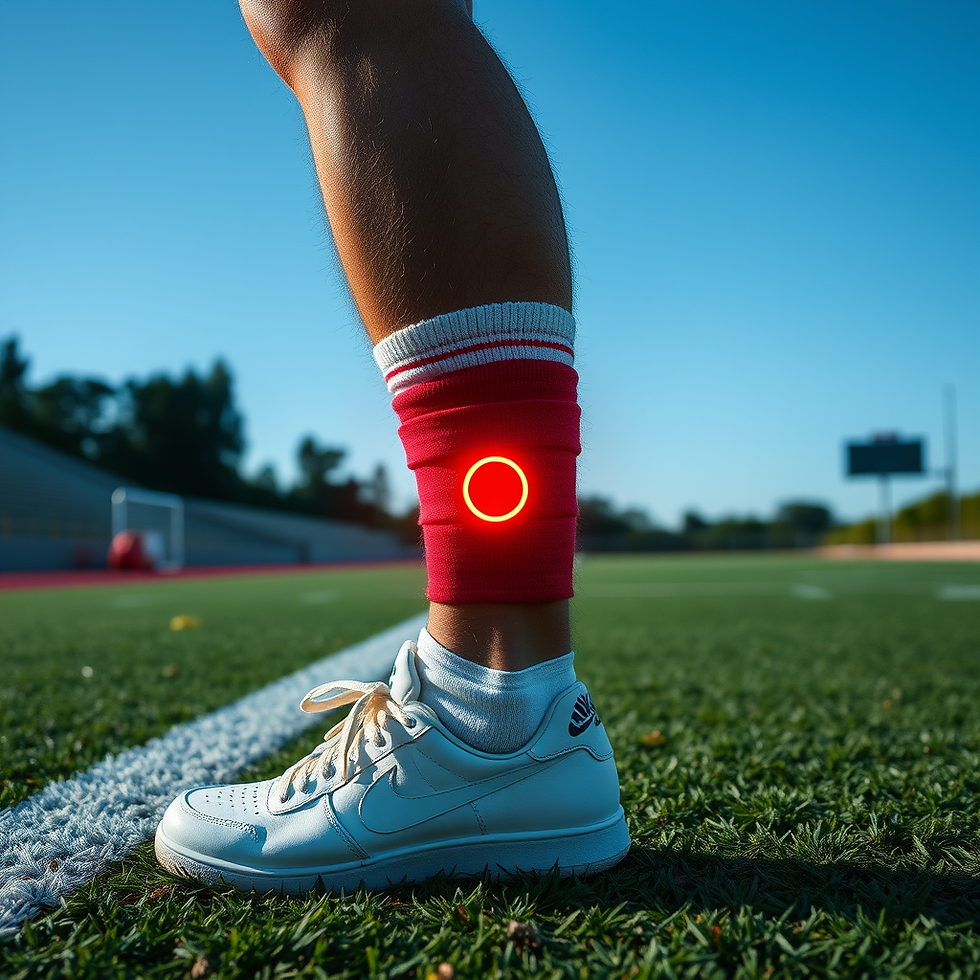
🏃♂️ Why Your Ankle Keeps Rolling: Chronic Instability in North Dallas Athletes
- sarangndesai
- Jul 8
- 2 min read
By Dr. Sarang Desai | Orthopedic Foot & Ankle Surgeon | Serving McKinney, Allen, Frisco, Plano, Prosper & Surrounding Communities
👟 The Recurring Ankle Sprain Problem
If you’re an athlete—or even just active—you’ve probably rolled your ankle at some point. It’s one of the most common injuries I treat in my foot and ankle practice. But for many patients, the problem doesn’t stop there.
You recover, return to your sport, and then—another sprain. Or maybe it never quite feels right again.
That cycle is often a sign of something deeper: chronic ankle instability.
⚠️ What Is Chronic Ankle Instability?
Chronic ankle instability happens when the ligaments around the ankle become stretched, torn, or weakened from repeated injuries. This results in:
A sense of the ankle “giving out”
Weakness during cutting, jumping, or uneven terrain
Ongoing swelling or discomfort
Repeated rolling or spraining, even with minor movements
It’s incredibly common in Frisco, McKinney, Allen, Plano, and Prosper-area athletes, especially those in soccer, basketball, running, dance, and martial arts.
🩻 The Long-Term Risk If You Ignore It
One or two ankle sprains may not seem serious—but untreated instability can lead to:
Cartilage damage inside the ankle joint
Talar dome lesions (osteochondral defects)
Early onset ankle arthritis
Decreased confidence in athletic performance
I often see patients who’ve been compensating for years, and by the time they seek help, there’s structural damage we could’ve prevented.
🔧 How I Treat Chronic Ankle Instability
Every patient is different, but here’s my general approach:
✅ Non-Surgical Management (First Line)
Targeted physical therapy to strengthen the peroneal muscles
Proprioceptive training (balance, control, and joint positioning)
Bracing or taping during activity
Footwear analysis and correction if needed
🛠 Surgical Options (When Needed)
If the ligaments are too damaged or instability continues despite rehab, we may consider:
Anatomic ligament repair (such as the Broström procedure)
Arthroscopy to treat cartilage damage
Augmentation techniques in high-demand athletes or revision cases
🎥 Want to see what this looks like in the OR?
Watch this surgical breakdown of a lateral ligament reconstruction, where I walk through the procedure step-by-step:



Comments